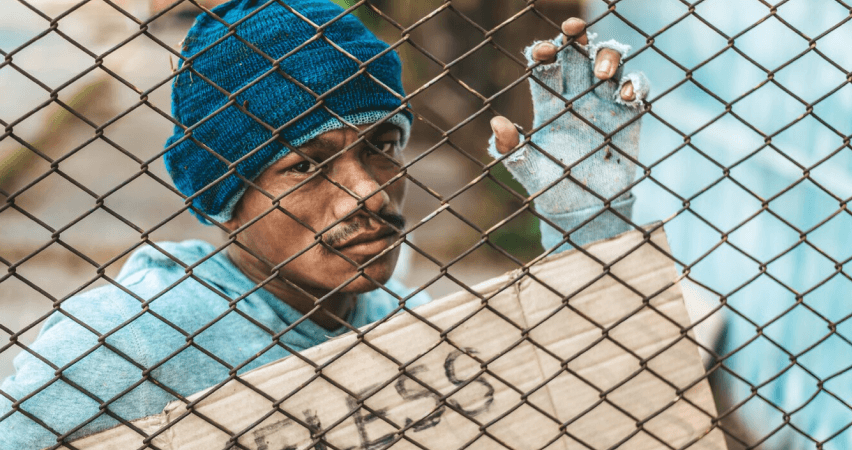Towards the end of the 19th century, with the advent of the New Liberalism and the innovative
Handle With Care
The World Bank Group’s goals are to end extreme poverty and promote shared prosperity. This mission underpins our analytical, operational, and convening work in about 140 client countries.
For almost 25 years, the number of people living in extreme poverty — on less than $1.90 per person per day — was steadily declining. But the trend was interrupted in 2020, when poverty rose due to the disruption caused by the COVID-19 crisis combined with the effects of conflict and climate change — which had already been slowing poverty reduction.
Decreased income, job losses, and work stoppages during the pandemic were especially damaging to poor households. Women, youth, and low-wage and informal workers,
Challenge
Although global poverty has more recently resumed its pre-pandemic downward trajectory, between 75 million and 95 million additional people could be living in extreme poverty in 2023 compared to pre-COVID-19 projections, due to the lingering effects of the pandemic, the war in Ukraine, and rising inflation.
Food inflation can have a particularly devastating impact on poor families. A typical person in a low-income country spends about two-thirds of their resources on food, while the same figure for the typical person in a high-income country is closer to 25%.
Summary
Governments often can mitigate the impact of rising inflation on poor families through social protection policies. However, somewhat different from the previous periods of high food price inflation, government finances have been depleted due to various fiscal measures enacted through the COVID-19 crisis. For economies still reeling from the pandemic, the inflationary pressures could not have come at a worse time.

















